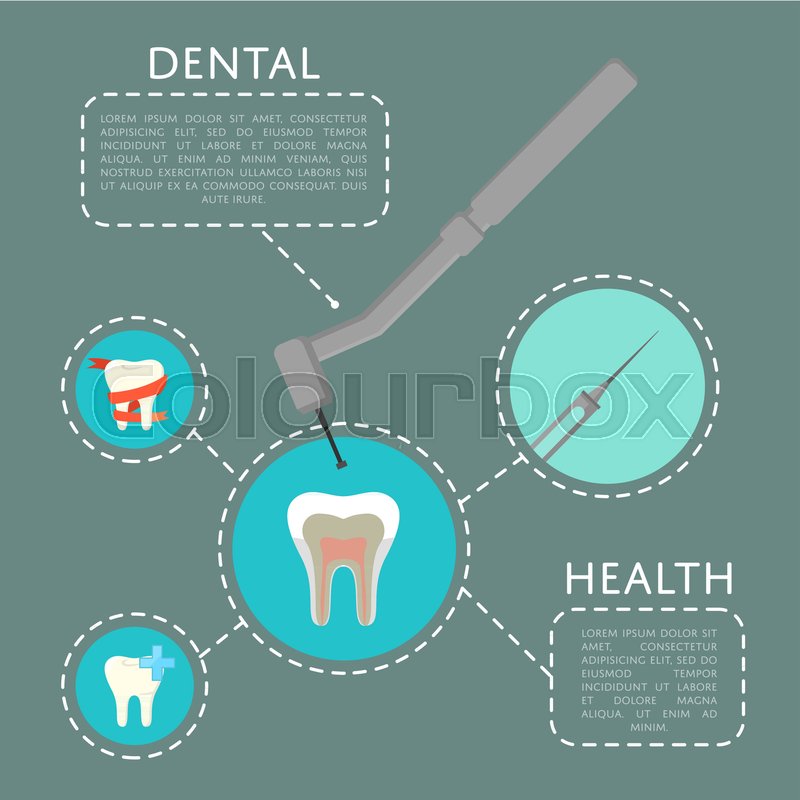The Innovation Of Oral Surgery: Pioneering Innovations And Advances Specifying The Area
The Innovation Of Oral Surgery: Pioneering Innovations And Advances Specifying The Area
Blog Article
Posted By-Jama Terrell
Welcome to the world of dental surgery, where developments and developments are shaping the future of the area! In this exciting realm, you'll witness the transformative power of robotics, the sophisticated marvel of 3D printing, and the game-changing impact of minimally invasive methods.
The future of dental surgery holds an assurance of accuracy, efficiency, and boosted client results. With https://arthuryrkdv.blog-kids.com/33195122/contrasting-expenses-dental-implants-vs-various-other-tooth-replacement-options of innovative robotics, surgeons have the ability to carry out intricate treatments with higher precision and control.
3D printing modern technology is transforming the production of dental implants and prosthetics, supplying personalized remedies that fit effortlessly into each person's unique anatomy.
In https://www.dentistrytoday.com/diamond-braces-keeps-invisalign-treatment-prices-accessible/ , minimally invasive strategies are decreasing post-operative discomfort and recovery time, permitting individuals to return to their lives earlier.
Get ready to check out the interesting innovations and breakthroughs that are improving the landscape of oral surgery!
Improvements in Robotics
One significant advancement in dental surgery is the use of robot technology, which allows for precise and effective operations. With the help of robot systems, oral surgeons have the capability to do complex surgical treatments with enhanced accuracy, reducing the risk of human error.
These robot systems are outfitted with sophisticated imaging innovation and specific tools that make it possible for surgeons to browse through complex anatomical frameworks easily. By using robot modern technology, cosmetic surgeons can achieve greater surgical precision, resulting in improved patient end results and faster recovery times.
On top of that, making use of robotics in dental surgery allows for minimally intrusive procedures, reducing the injury to surrounding tissues and promoting faster healing.
3D Printing in Dental Surgery
To enhance the field of oral surgery, you can check out the subtopic of 3D printing in oral surgery. invisible teeth braces -edge innovation has the possible to reinvent the method oral doctors operate and treat individuals. Below are 4 essential methods which 3D printing is shaping the area:
- ** Custom-made Surgical Guides **: 3D printing allows for the production of extremely accurate and patient-specific medical guides, enhancing the precision and effectiveness of procedures.
- ** Implant Prosthetics **: With 3D printing, oral doctors can produce personalized implant prosthetics that perfectly fit a client's special makeup, leading to much better results and patient satisfaction.
- ** Bone Grafting **: 3D printing enables best childrens dentist near me manufacturing of patient-specific bone grafts, reducing the need for standard grafting methods and boosting healing and recovery time.
- ** Education and Educating **: 3D printing can be made use of to produce sensible medical designs for educational objectives, enabling oral surgeons to practice complicated procedures prior to doing them on clients.
With its prospective to improve accuracy, personalization, and training, 3D printing is an exciting development in the field of dental surgery.
Minimally Invasive Techniques
To even more advance the area of oral surgery, accept the possibility of minimally invasive strategies that can significantly profit both specialists and individuals alike.
Minimally intrusive strategies are reinventing the area by decreasing medical trauma, decreasing post-operative pain, and speeding up the recovery process. These strategies involve utilizing smaller sized lacerations and specialized instruments to carry out procedures with precision and effectiveness.
By making use of innovative imaging modern technology, such as cone beam of light computed tomography (CBCT), specialists can properly intend and perform surgical procedures with minimal invasiveness.
Additionally, the use of lasers in dental surgery allows for accurate tissue cutting and coagulation, leading to minimized bleeding and decreased healing time.
With minimally invasive strategies, people can experience quicker recovery, lowered scarring, and boosted outcomes, making it an important facet of the future of oral surgery.
Conclusion
So, as you can see, the future of dental surgery is unbelievably promising, with exciting innovations and breakthroughs shaping the field.
From the improvements in robotics to making use of 3D printing and minimally intrusive techniques, oral doctors are reinventing the way they give treatment.
While some might bother with the possible expense connected with these advancements, it is necessary to bear in mind that these innovations ultimately improve client results and reduce healing time, making them well worth the investment in the long run.
